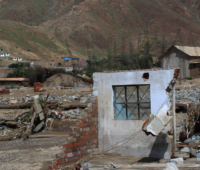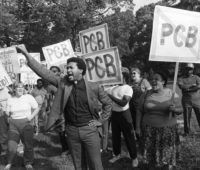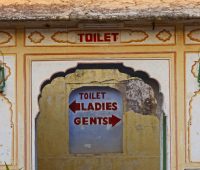In this essay, Hanna Garth reflects on how her several years of fieldwork in eastern Cuba and Los Angeles, California, inform her critiques of the ways scholars and practitioners look at issues of food access and food security. She argues policymakers should focus more on food acquisition practices to better understand and address a community’s dietary needs and its food preferences. Based on her research, Garth questions the current focus on only dietary needs, and demonstrates the importance of tracing people’s actual pathways for acquiring food.































